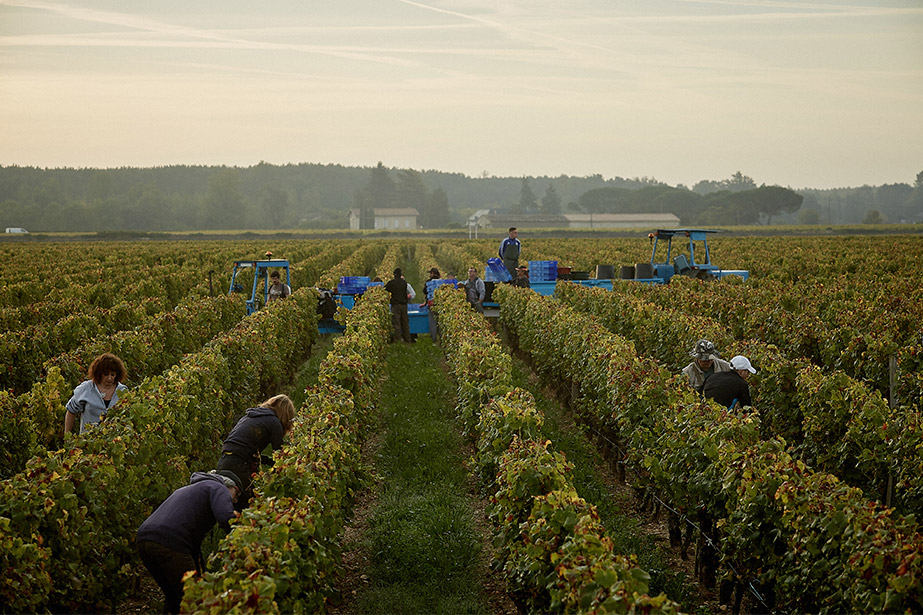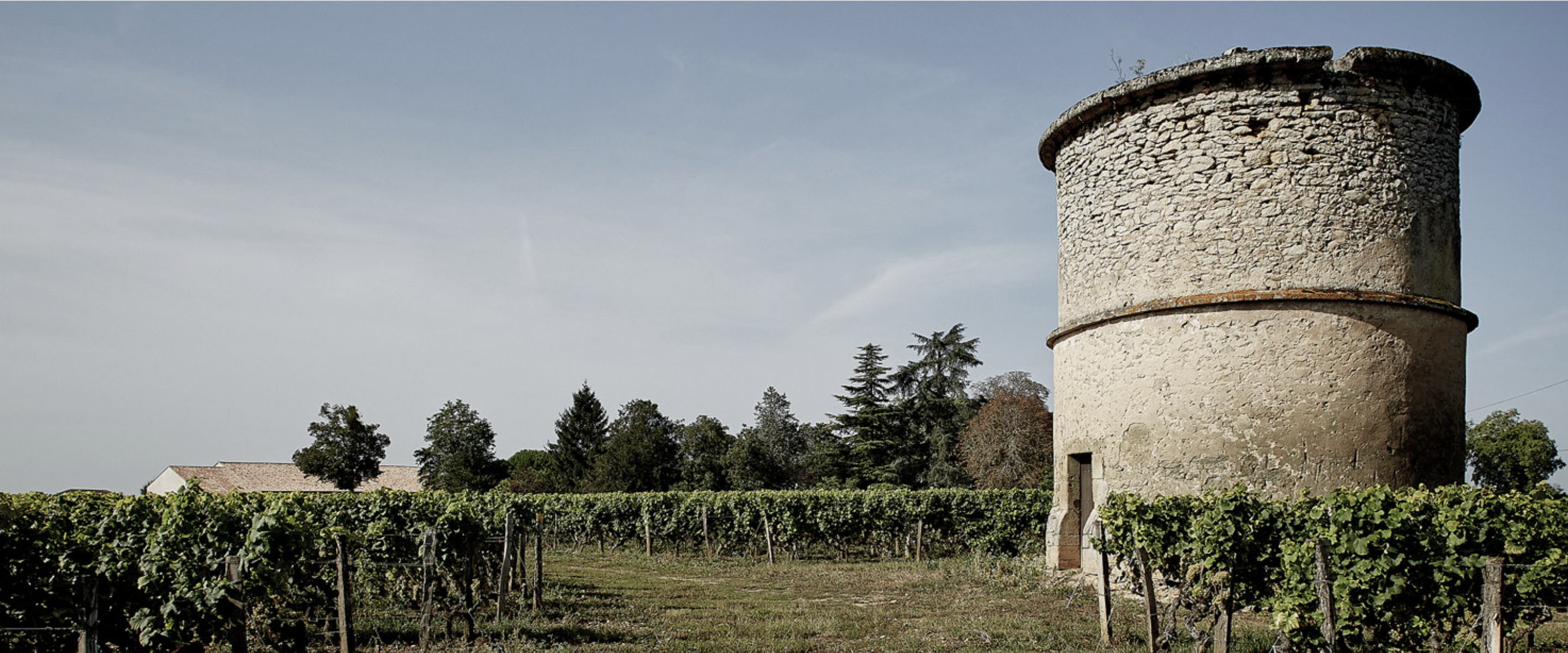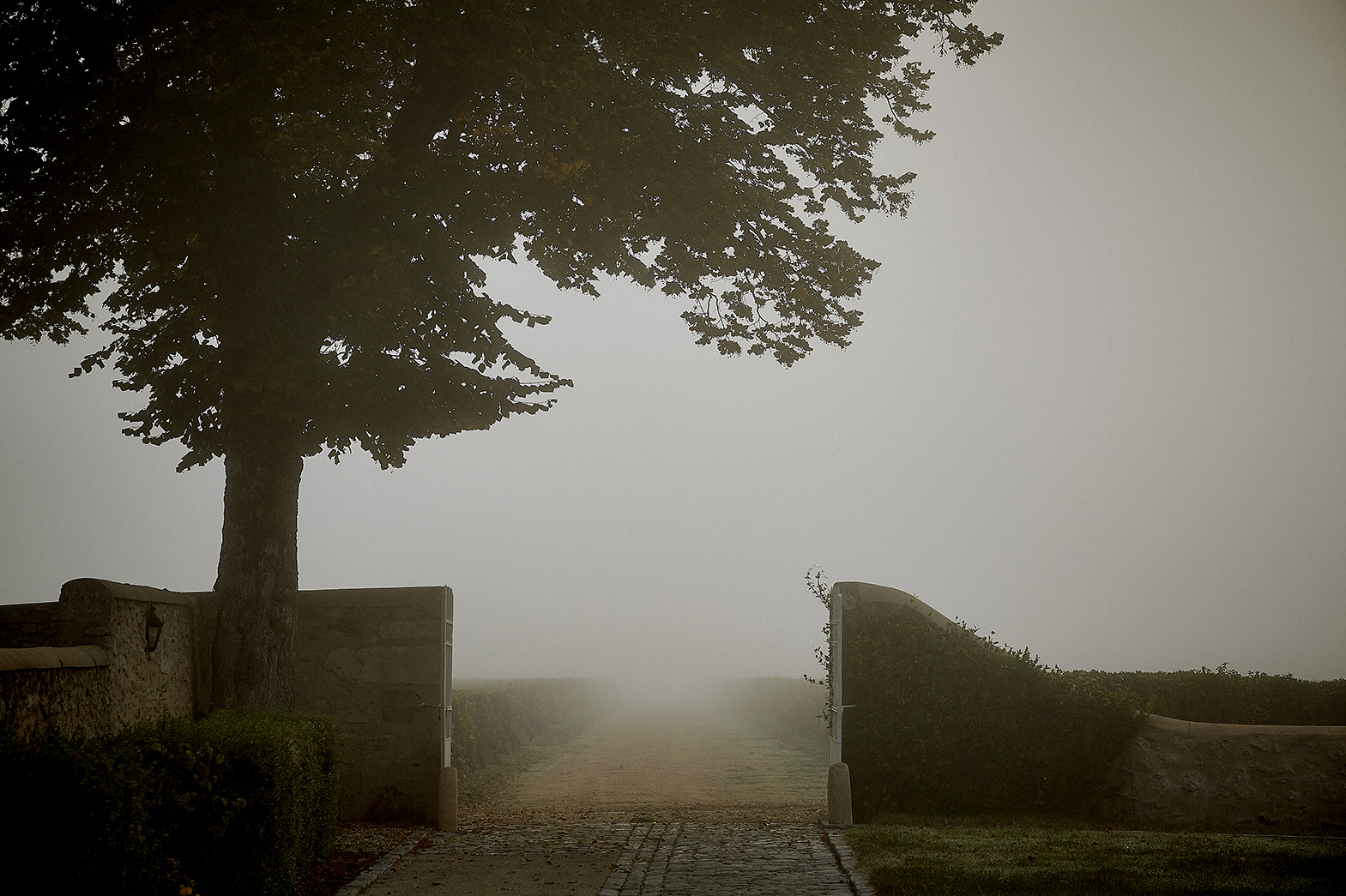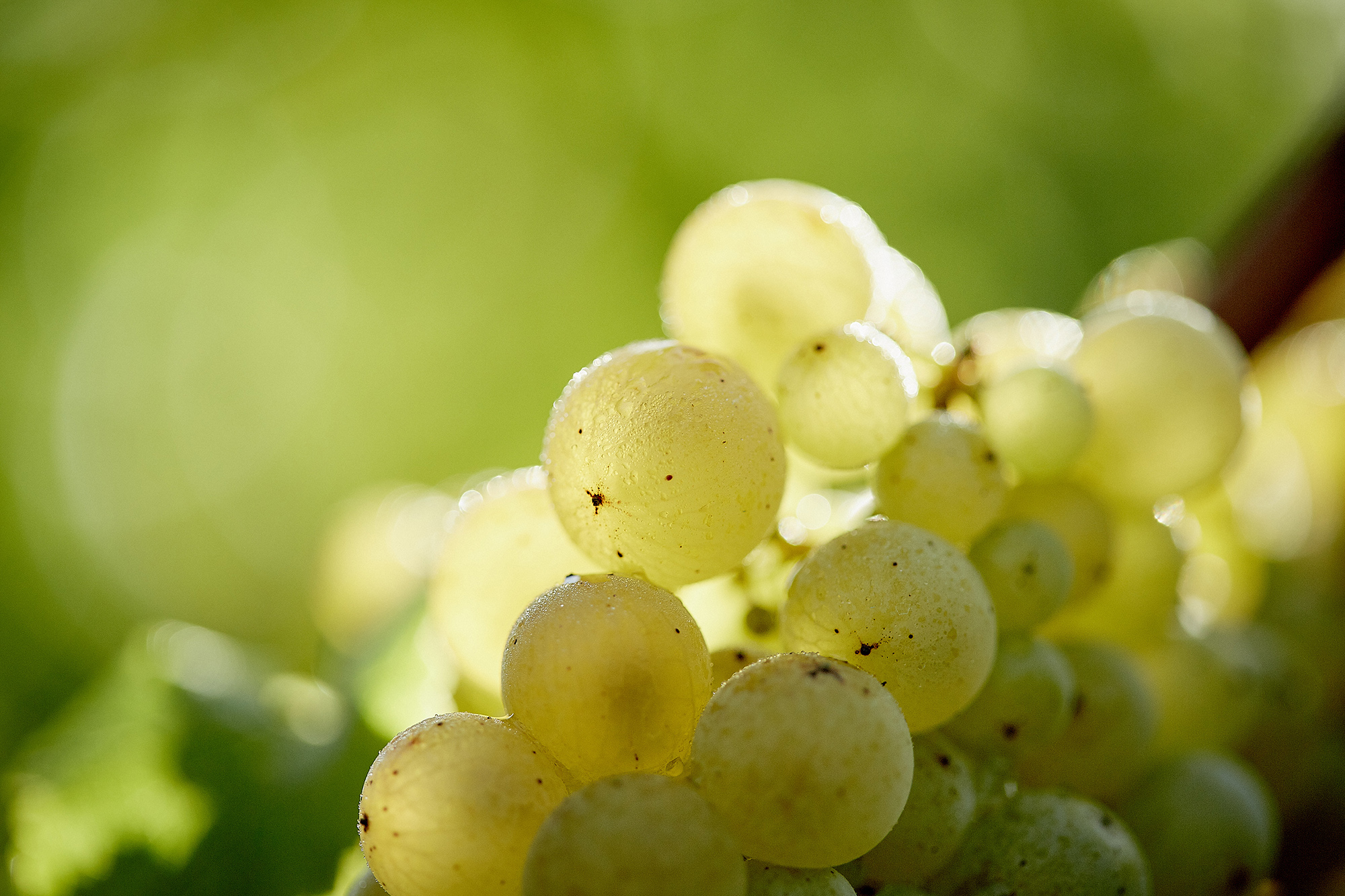Photo credit: Château Coutet
Meet Aline Baly
Estate: Château Coutet
Region: Barsac
Focus: Sémillon (75%), Sauvignon Blanc (23%), Muscadelle (2%)

Photo credit: Château Coutet
Background
Originally from Alsace, the Baly family has managed the Château Coutet vineyard – one of the largest and oldest in Barsac – for two generations. With the help of his two sons, Phillipe and Dominique, Marcel Baly set out to revamp the vineyard and its historic buildings in 1977.
Aline Baly, grand-daughter of Marcel, is the most recent member of the Baly family to join the business, though she did not always picture herself following in her family’s footsteps. In her youth, Aline participated in the USA Fencing’s Junior Olympic Championships and showed an interest in communications. After completing her undergraduate and graduate studies in the United States at Bucknell University and the Kellogg School of Management respectively, Aline traveled the world for 20 years, living in Boston, Hong Kong and Madrid. She ended up working in communications, marketing filtration devices in the bioscience industry.
After a life-changing experience interning with Château Rothschild in 2007, however, Aline resolved to return to the family business. She began working at Château Coutet in 2018, working day-to-day with her uncle and managing the marketing and communications for the estate.

Photo credit: Château Coutet
History
Château Coutet has a long, significant history beginning in the 13th and 14th centuries, when the property functioned as a medieval fortress. The influences of Château Coutet’s past life is still present on the modern day property. From the square tower and the Salasse (fortified house) to the 18th century chapel and its towers, the compound is reminiscent of a different era.
While its grounds are beautiful and historically remarkable, Château Coutet is renowned for its wines. Château Coutet began its life as a winemaking estate in 1643, when the Lord of Coutet, Charles Le Guérin, designated it as one of the first vineyards in Barsac. The vineyard remained in the hands of Guérin’s descendants until 1788. In its almost 400 years of production, Château Coutet has only changed hands four times—the most recent being when Aline Baly’s grandfather purchased the estate.
In 1994, Phillipe and Dominique inked a deal with Baron Phillipe de Rothschild, where Château Mouton Rothschild’s technical staff would advise Château Coutet’s winemaking team, and Château Mouton Rothschild would be given exclusive distribution rights to Château Coutet’s wines. Wine connoisseurs agree that Château Coutet wines have never tasted better than they do under the entrepreneurial cultivation of the Baly family.

Photo credit: Château Coutet
The Golden Triangle
Bound by the influential forces of the Atlantic Ocean, Garonne River and the Landes forest, there is a persistent mist trapped in the Barsac appellation. The mist is generated by the temperature shock that occurs when the Ciron river joins the Garonne. Alongside Barsac’s water-retaining clay soil and limestone bedrock, the morning humidity of the misty ‘Golden Triangle’ creates a perfect storm for noble rot, or botrytis, the key ingredient in Château Coutet’s sweet wines.

Photo credit: Château Coutet
Wines
Thomas Jefferson, early wine enthusiast and third president of the United States, once declared that Château Coutet had the “best Sauternes in Barsac.”
Château Coutet plants Sémillon, Sauvignon Blanc and Muscadelle grapes across 95 acres of clay and limestone soils. Due to the special microclimate in the Golden Triangle of Barsac, these grapes are infected by botrytis, which creates a naturally sweet wine that, paired with the soil composition, is both fresh and honey-sweet.
Their harvest lasts from September to November, with a thirty-to-forty day period of careful hand-picking. After processing, the wines are barreled and placed in Château Coutet’s 110 meter-long wine cellar—the longest in Barsac!
Château Coutet produces four wines:
- Château Coutet, ‘the premier wine’: Château Coutet is the estate’s 1855 Classified First Growth and is a flagship of the Barsac appellation. It is a “rich, lively wine with its youthful aromas of white blossom, citrus fruit, honey and vanilla.”
- La Chartreuse de Coutet, ‘the second wine’: Created in 1977, the second wine of Château Coutet is a Sauternes made from a varietal blend representative of the vineyard’s plantings.
- Cuvée Madame, ‘the exceptional cuvée’: A highly-refined small batch wine made from 100% Sémillion, Château Coutet’s Cuvée is made in honor of Madame Rolland-Guy, the owner of the estate before the Baly family.
- Opalie, ‘the dry white wine’: A diversion from Barsac’s traditionally sweet wines, Opalie is a small-batch dry white blend of Sémillon and Sauvignon Blanc.
Château Coutet’s dry white, Opalie, was created as a project between Aline and her uncle Philippe to jumpstart their working relationship at the estate. With minerality being Aline’s favorite characteristic of the estate’s wines, it’s fitting that the name ‘Coutet’ is derived from the French word for knife.

Photo credit: Château Coutet
Explore more on Château Coutet’s website
US Importer: AP Wine Imports
Thirsty for more? Follow Clink Different’s Instagram and Facebook to stay up-to-date on the latest blogs and upcoming events.
